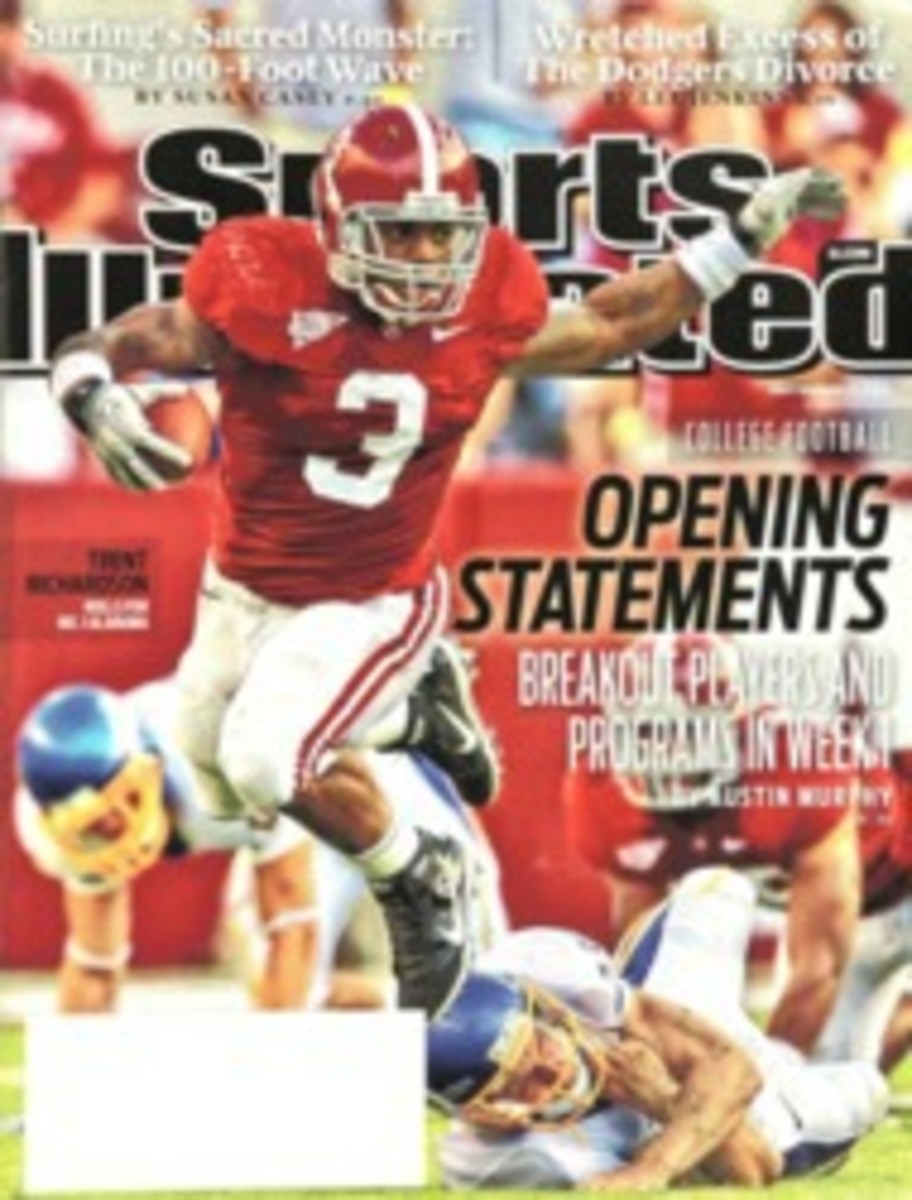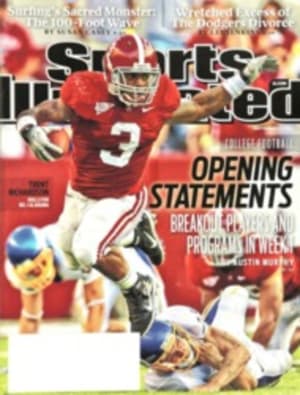
No Kids' Game
Another flare went up at the U.S. Open last week, quickening pulses, dazzling the eye. "He has a huge future in this game," said John Isner, the second-ranked American, after the performance of 18-year-old Ryan Harrison in the first two rounds of the tournament. Even the kid sensed a change in the air. "I've stopped feeling intimidated in the locker room," Harrison said last Saturday. "I've always had self-confidence, but I've proven to myself now that when I'm playing well, I can play with anybody."
Using a smart, fearless all-court attack, the 220th-ranked Harrison became the first U.S. male teenager in nine years to take out a top 20 player (No. 17 Ivan Ljubicic) and then pushed Pilot Pen winner Sergiy Stakhovsky to the brink before losing in five sets. Problem is, Flushing Meadow lately has minted more question marks (Melanie Oudin? Kei Nishikori?) than exclamation points. And these days the tennis tour eats its young.
In the 1980s the men's game regularly produced teenage Grand Slam winners such as Mats Wilander and Boris Becker, and as recently as 2005 Rafael Nadal won the French Open at 19. But now there are no teenagers in the men's top 100. Though eight teens still can be found in the lower reaches of the women's top 100, the prospect of a prodigy like Martina Hingis, who won her first major at age 16 in 1997, grows increasingly dim.
Reasons range from the age-eligibility rules that the WTA implemented in the late '80s to burnout cases such as Jennifer Capriati to the theory that only fully developed bodies can handle the punishment of an increasingly physical game. "With advanced racket and string technology, the ball is coming off the racket so fast, and they're able to spin the ball more than ever before," adds Tom Gullikson, the USTA's lead national coach for women's tennis. "In '91, Jennifer was 15 and got to the semis of Wimbledon and the U.S. Open and got up to Number 6. I don't think you'll see that again."
The odds are stacked even higher against Harrison's making such a move, at least anytime soon. The last U.S. male teenager to win a major was Pete Sampras in 1990, and the tactical standard set by Roger Federer and Rafael Nadal, says the 24-year-old Stakhovsky, has only made the men's game "more mature. Before it was about the serve and just a couple of shots; now you have to hang in there for two or three hours and fight for every ball—which is not easy for the young guys coming up. Ryan is much more fit than the guys his age. That's why he has a chance to really compete at this level."
But Harrison sees one other complicating factor. Federer, 29, is planning to play for years more; Venus Williams, 30, and Serena, almost 29, show no sign of retreat; Kim Clijsters and Justine Henin cut short retirement to return in their upper 20s. "Everyone's career is lasting six, seven years longer," Harrison says. "That leaves no room to break through." Until the codgers move aside, then, his only recourse is to keep pushing.
Now on SI.com
SI's U.S. Open Source Blog and Jon Wertheim's Tennis Mailbag at SI.com/tennis
PHOTO
CHUCK SOLOMON (HARRISON)
FORWARD MARCH The aggressive, versatile Harrison came to the net often in Queens.

